
High-Performance Walls
Last Updated: Apr 13, 2025When building a new house, an investment in high-performance walls can significantly cut utility costs and create a more attractive interior environment. Well insulated walls reduce energy consumption and moisture intrusion. They block exterior noise. They offer improved thermal and vapor control over traditional walls. They may even reduce the size of the heating and cooling equipment required for a home.
Some typical questions arise in building high-performance home walls. A healthy debate exists over the best methods to achieve the highest R-ratings. Homeowners have a range of options if they want to earn a certification for their house or, at least, follow guidance from LEED for residential construction or Passive House.
It would help if you also consider your climate. Guides are available for each country's climate zones, with great information on what kind of insulation works best in whatever weather you experience. Here's a primer on what to consider when having walls constructed for a new home. We've added some advice on adding thermal comfort to existing structures.
Table of Contents
- What Is the First Step When Choosing Wall Insulation?
- What Should I Look for When Researching Wall Construction?
- How Does Insulation Work?
- What Is An R-Value?
- What Are the Different Types of Insulating Materials?
- How Is Insulation Installed?
- What Are the Primary Layers in High-Performance Walls for Wood-Framed Homes?
- What's the Best Way to Control Water in Walls?
- What Are the Best Practices for Air Control Layers in Walls?
- What Are the Best Practices For Vapor Control in Walls?
- How Much Thickness Does High-Performance Insulation Add to Exterior Walls?
- What Is the Advantage of External Home Insulation?
- Will I Still Need Insulation on the Inside?
- Are There Prefabricated Insulation Products?
- What Are Some Alternatives to SIPs?
- Which Are the Least Environmentally Friendly Types of Insulation?
- What the Most Environmentally Friendly Insulation?
What Is the First Step When Choosing Wall Insulation?
Start by working closely with your architect and contractor. The more energy-efficient the walls, the higher the price for the project. Contractors can explain the different strategies and materials and offer a report with other options. The same is true of a renovation – start by hiring a green contractor who embraces new technologies, strategies, and products.
What Should I Look for When Researching Wall Construction?
hen researching wall construiction, you may want to look at something beyond your city's building code unless you know that you have a sophisticated code - a few cities do. Following the most recent International Energy Conservation Code (IECC) and LEED residential codes will offer you ideas on state-of-the-art walls.
How Does Insulation Work?
Insulation is a barrier to heat flow. Heat moves through materials, like when you reach for a hot door handle warmed by the sun. Heat convection means hot air circulates through liquids and gases – warm air rises, and cooler air sinks. Radiant heat heats anything substantial in its path. Insulation slows convective and conductive heat.
What Is An R-Value?
An R-Value is a measurement that represents the ability of a specific type of insulation to resist heat flow. The higher the number, the better the insulation. High R-Values for walls in most of the country should be R-38, with northern climates at R-48.
What Are the Different Types of Insulating Materials?
We will discuss various types of high-performance insulation below, including SIPs and structured forms. There is a wide variety of other insulation types, the most common being blanket insulation that comes in batts or rolls. Blanket insulation can be made of fiberglass, plastic, mineral wool (from rock and slag), sheep's wool, or other natural fibers like cotton.
How Is Insulation Installed?
Several approaches exist. Expanding foam uses small amounts that expanding to fill space. It requires a professional. Loose-fill insulation gets blown in from holes drilled on the outside or inside of homes. Typically, insulation flows through 1"-2.5" diameter holes. Blown-in insulation comes as fiberglass treated or untreated with formaldehyde; cellulose, composed of about 80 percent ground-up newsprint and 20 percent the fire retardant borate and expensive mineral wool.

What Are the Primary Layers in High-Performance Walls for Wood-Framed Homes?
Generally, high performing walls have four layers to deal with moisture resistance, air control, vapor resistance, and thermal comfort as follows:
- A water control layer uses exterior cladding to push rainwater downward.
- Water repellant materials help keep it out of the home through a "water resistance barrier."
- Air control and vapor layers encourage airflow while forcing moisture to dry inward, not outward.
Let's talk about each of them.
What's the Best Way to Control Water in Walls?
The US Department of Energy suggests placing a water control layer either in front of or behind insulation, but not in-between. By having the barrier on the outside water has little chance of getting inside.
What Are the Best Practices for Air Control Layers in Walls?
Experts say air control layers separate conditioned (or inside air) with the outside environment. A sheet that stops air transfer can be placed either on the exterior or interior. Sheathing on the outside and gypsum board on the inside is one common approach.
What Are the Best Practices For Vapor Control in Walls?
Putting an insulating layer on the outside of the sheathing, especially in cold climates, reduces the vapor problem. When the exterior warms, water does not condense and enter the walls, removing the need for an interior vapor control layer.
Energy Saving Products for the Home
Shop home improvement products that help save and conserve energy (power) in your home.
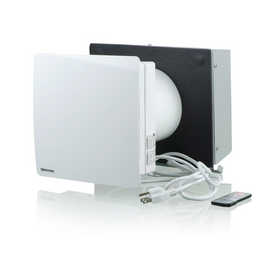
Vents TwinFresh Comfo RA1-50-2 Ductless Energy Recovery Ventilator
Vents
In Stock

Stiebel Eltron Accelera 300 E Heat Pump Water Heater
Stiebel Eltron
Out of Stock

AFM Safecoat Almighty Adhesive Case of 12
AFM Safecoat
In Stock

Emporia Classic Level 2 48 AMP EV Charger UL Listed
Emporia
In Stock
2 Colors

Stiebel Eltron CON 300-2 Premium Wall-Mounted Convection Heater - 202030
Stiebel Eltron
Out of Stock
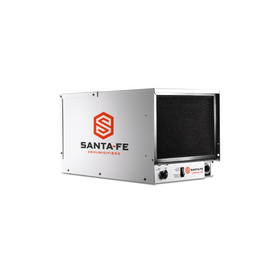
Santa Fe Compact70 Dehumidifier - 4044110
Santa Fe
In Stock
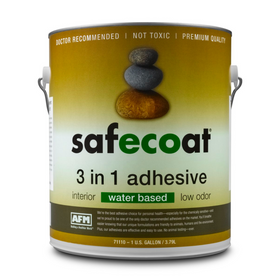
AFM Safecoat 3 in 1 Adhesive
AFM Safecoat
In Stock
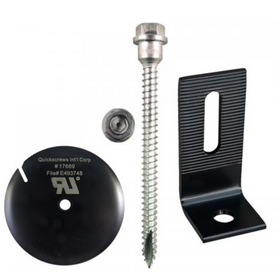
QuickBOLT QB2 with Microflashing Multi Roof Mount Solar Panel Fastener Kit
QuickBOLT
In Stock
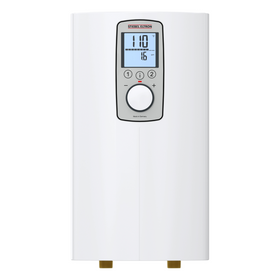
Stiebel Eltron DHC-E 8/10-2 Plus Point-of-Use Electric Tankless Water Heater - 202145
Stiebel Eltron
In Stock
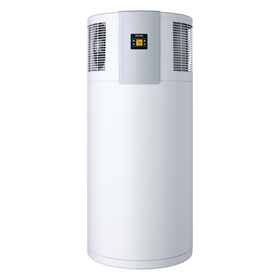
Stiebel Eltron Accelera 220 E Heat Pump Water Heater
Stiebel Eltron
In Stock
How Much Thickness Does High-Performance Insulation Add to Exterior Walls?
High-performance insulation may add as much as 4 inches to the home's exterior. Though more than standard, it is not enough to be noticeable.
What Is the Advantage of External Home Insulation?
External home insulation allows a more continuous and more complete coverage of the framing. The approach provides minimal thermal bridging that causes unwanted heat loss or gain.
Will I Still Need Insulation on the Inside?
Frame walls have a cavity that can be insulated. Adding insulation insides creates an even better thermal seal. Look for insulation that helps you attain your sustainability goals - be it that they come from nearby sources, are renewable, or are made with natural fibers.

What Are Some Alternatives to SIPs?
ZIP Systems R-Sheathing offers air, water, and thermal management through sheathing nailed into studs and then taped to form a strong seal. The product consists of an oriented strand board (OSB) with a vapor mesh over it painted green. It keeps out air and water in one layer. Dupont's Tyvek is another popular option that offers a product with layers built in that may work.
Which Are the Least Environmentally Friendly Types of Insulation?
The website Earth911 suggests that fiberglass insulation requires a lot of energy during its production, and some products still contain formaldehyde. Fiberglass often includes 20 percent of recycled materials. Look for products certified by GreenGuard, such as Ecobatt and Sustainable Insulation by Certainteed. Mineral wool production has been linked with air quality issues in the surrounding areas. Both fiberglass and mineral wool insulation, however, work better in humid climates than their more environmentally friendly counterparts. Homeowners considering polyurethane foam insulation and rigid foam insulation with fire retardants should research any issues related to off-gassing and global warming potential (GWP) factors.

What the Most Environmentally Friendly Insulation?
This topic is definitely up for interpretation, depending on what factors you take into account. However, great all-around contenders include cellulose insulation (composed of recycled paper and other benign materials) and cotton batt insulation (made primarily from recycled denim). However, it should be noted that neither of these performs as well in areas where with high moisture levels.
Frank Jossi
Based in St. Paul, Frank Jossi is a journalist, editor and content strategist. He covers clean energy in Minnesota for Midwest Energy News and writes frequently for Finance & Commerce. His work has appeared in more than 70 local, national and international publications.

